Impact of Dietary Changes
Dietary changes among the UK population are influencing the dyspepsia market. The modern diet, characterized by high-fat, processed foods and low fiber intake, is contributing to an increase in dyspeptic symptoms. As individuals become more aware of the link between diet and digestive health, there is a growing demand for dietary supplements and functional foods that promote gastrointestinal well-being. The market for probiotics and digestive enzymes is expanding, as consumers seek natural alternatives to manage dyspepsia. This shift in dietary habits is likely to drive innovation within the dyspepsia market, as manufacturers respond to consumer preferences for healthier options and products that support digestive health.
Increasing Prevalence of Dyspepsia
The rising incidence of dyspepsia in the UK is a crucial driver for the dyspepsia market. Recent studies indicate that approximately 20% of the UK population experiences dyspeptic symptoms at some point in their lives. This growing prevalence is attributed to lifestyle factors such as poor diet, increased stress levels, and sedentary habits. As more individuals seek relief from these symptoms, the demand for dyspepsia treatments is likely to escalate. The dyspepsia market is expected to witness a surge in product offerings, including over-the-counter medications and prescription therapies, to cater to this expanding patient base. Furthermore, healthcare providers are increasingly focusing on diagnosing and managing dyspepsia, which may further stimulate market growth.
Advancements in Pharmaceutical Research
Innovations in pharmaceutical research are significantly impacting the dyspepsia market. The development of new drug formulations and delivery systems is enhancing treatment efficacy and patient compliance. For instance, novel proton pump inhibitors and H2-receptor antagonists are being introduced, which offer improved symptom relief for dyspepsia sufferers. The UK pharmaceutical industry invests heavily in research and development, with expenditures reaching approximately £15 billion annually. This investment fosters the emergence of advanced therapies that address the underlying causes of dyspepsia, rather than merely alleviating symptoms. As a result, patients are likely to benefit from more effective treatment options, thereby driving growth in the dyspepsia market.
Regulatory Support for Treatment Options
Regulatory support for the approval and availability of dyspepsia treatments is a vital driver for the dyspepsia market. The UK regulatory framework facilitates the introduction of new therapies, ensuring that effective treatments reach patients in a timely manner. Recent initiatives aimed at expediting the approval process for innovative medications are likely to enhance market dynamics. Additionally, the National Health Service (NHS) is increasingly recognizing the importance of managing dyspepsia, which may lead to improved access to treatments for patients. This supportive regulatory environment is expected to foster competition among pharmaceutical companies, resulting in a wider array of treatment options for dyspepsia sufferers in the UK.
Growing Awareness of Gastrointestinal Health
There is a notable increase in public awareness regarding gastrointestinal health, which serves as a significant driver for the dyspepsia market. Educational campaigns and health initiatives are promoting understanding of digestive disorders, leading to more individuals seeking medical advice for dyspeptic symptoms. This heightened awareness is reflected in the rising number of consultations with healthcare professionals, as patients become more proactive in managing their health. The dyspepsia market is likely to benefit from this trend, as increased awareness may lead to higher demand for diagnostic services and treatment options. Furthermore, healthcare providers are adapting their approaches to include patient education, which could enhance treatment adherence and overall market growth.




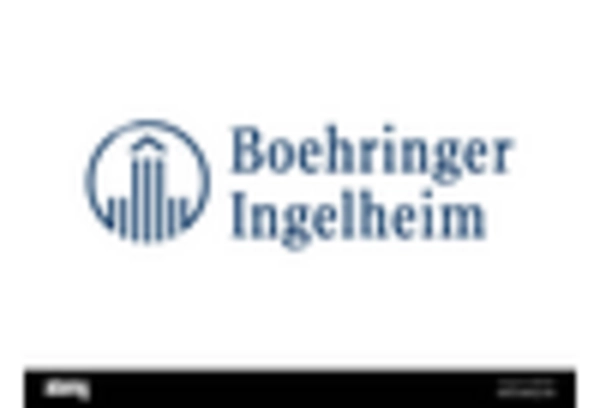
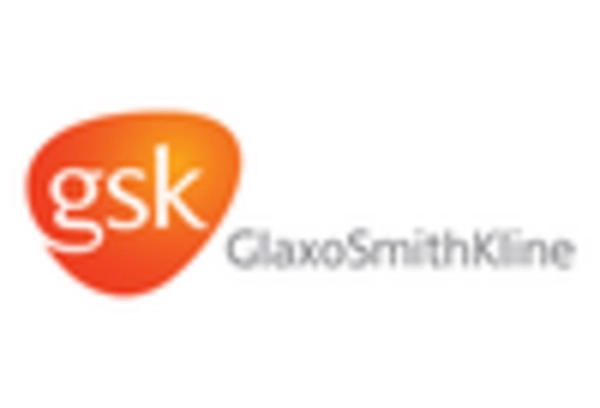
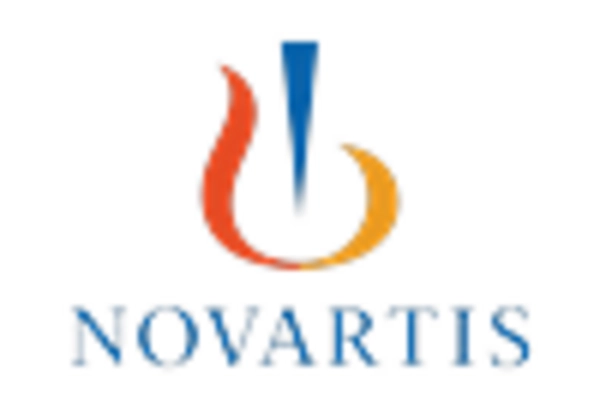
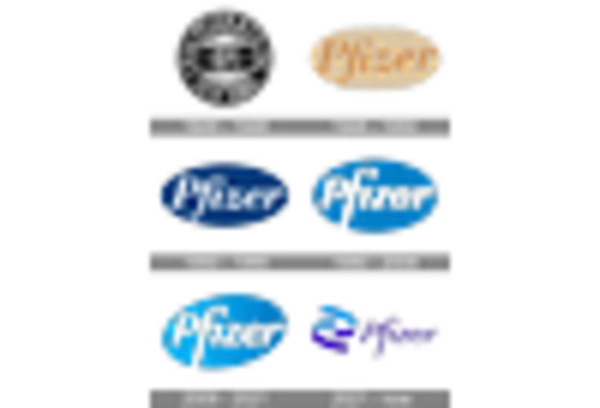
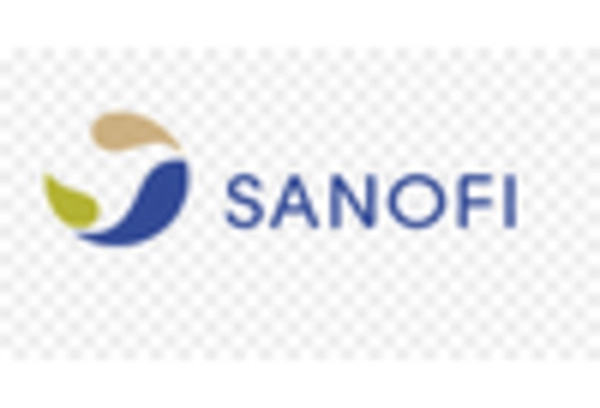








Leave a Comment